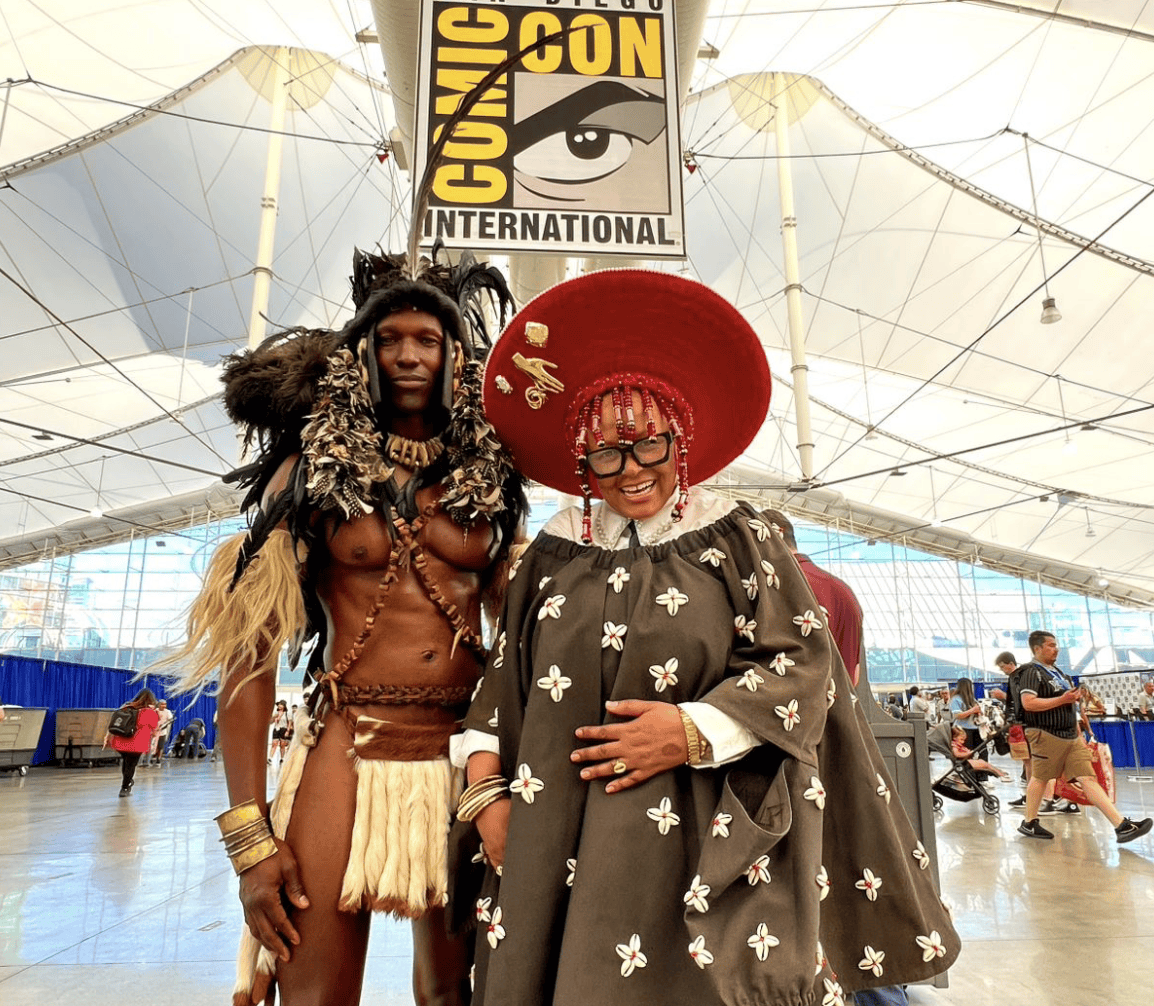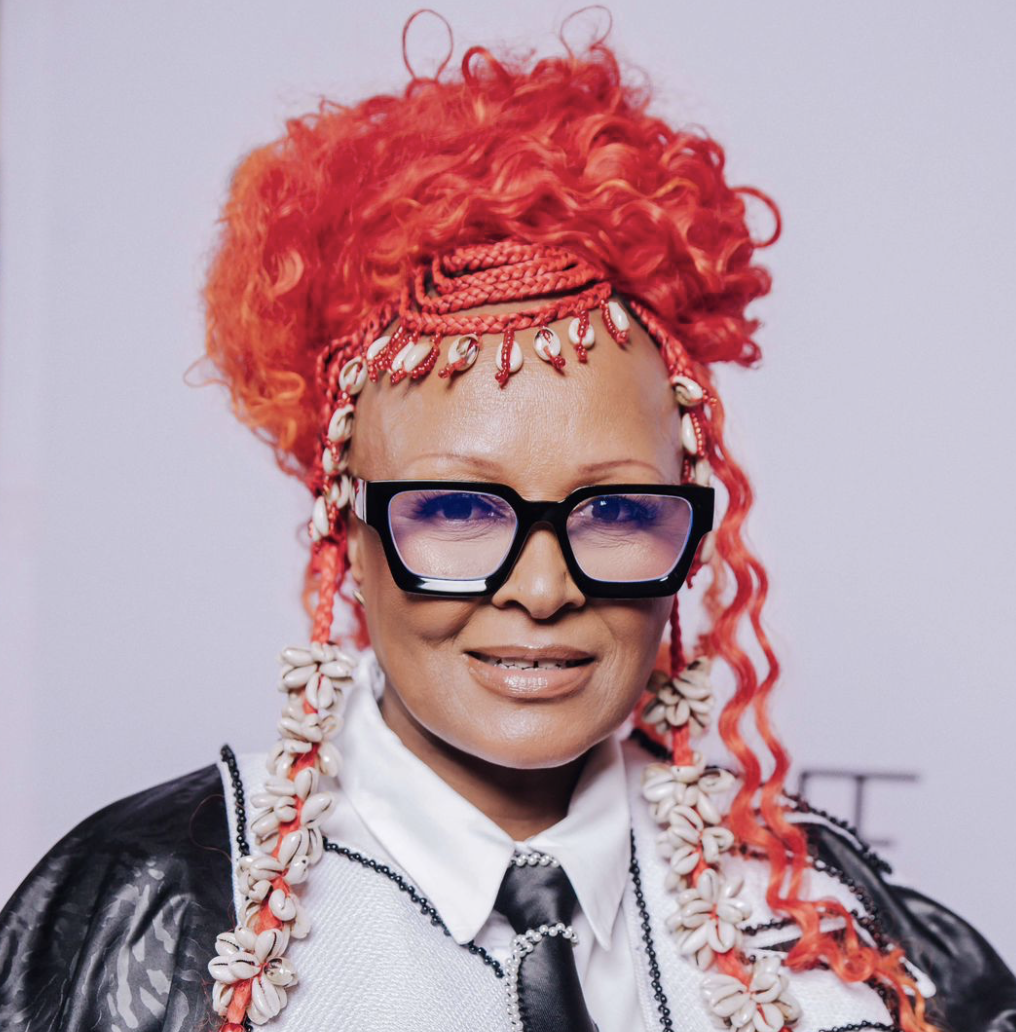
South African costume designer promotes African culture to the world
Award-winning South African costume designer Sheli Masondo has spent more than two decades turning fabric into storytelling. From the history woven Shaka iLembe to the futuristic beauty of Beyoncé’s Black Is King, her work is a celebration of African identity.
But her creative journey began long before film sets and global recognition.
“I come from a family of designers; my mother was a designer, and back in the ’80s, she used to be a pattern maker for a denim-making factory in South Africa,” she recalls.
Initially indifferent to fashion, Masondo’s perspective changed while she was in university pursuing a degree in media studies.
To fund her tertiary education, she began making her own garments, a venture her mother supported by assisting with fabric selection and pattern making. This hands-on experience ignited her passion for design, leading her to formal design school and eventually taking over her mother’s fashion studio.
Masondo’s early work included designing for prominent South African artists like Boom Shaka, a Kwaito group that gained popularity in the ’90s.
Her transition into costume design for film and television came by chance, after a production designer who recognized her potential invited her to a set.
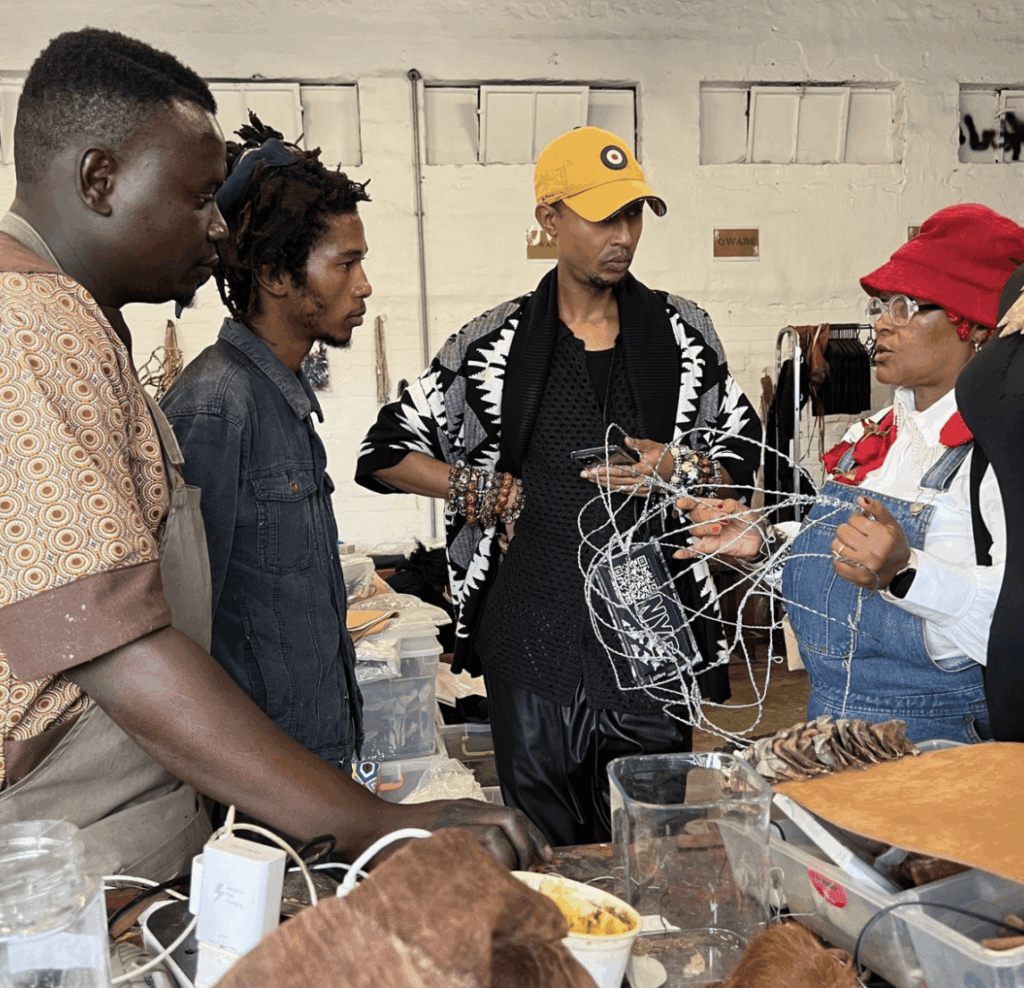
Building Worlds Through Costume
Masondo says her approach to storytelling through garments begins long before the fabrics are chosen and the sketches are drawn. She studies the world a story inhabits, from the location, time period, and the lives of its characters.
“The first question I ask when I’m briefed about a project is, ‘What world are we building?’ she explains. “Is it set in the 60s or in the present?’ ‘Is it a township, the city, or the rural areas?’ I visit those spaces to understand how people live. Even if I know the area, I go back to see how it has changed, how people express themselves through clothing.”
Only after that does she return to the script. “By the time I start reading, I already have a sense of what the world looks like. Then I break down the story and start finding each character’s journey and background.”
Black Is King: A Re-imagined Future
One of Masondo’s notable projects is Beyoncé’s visual album, Black Is King (2020). In this project, she collaborated with local designers and artisans to merge contemporary fashion with traditional African elements.
Given the limited pre-production time, the team focused on styling existing garments rather than creating new ones from scratch.
“With Black Is King, we were able to go to communities like KwaNdebele and speak to people and brief people that had cultural costumes to actually come in, dressed already, and then we would tweak the styles a bit,” she said.
Masondo also worked on the U.S. television series Snowfall, where she travelled to Ghana to continue the story as it unfolded there.
She said the experience taught her that there are many similarities in how costume designers work across the continent.
Bayede: Reviving Zulu Culture in Shaka Ilembe
Her work on the popular historical drama series Shaka iLembe showcased her dedication to authenticity.
The series, which chronicles the life of the legendary Zulu king Shaka, required an in-depth understanding of 18th-century Zulu attire.
Masondo and her team undertook extensive research, consulting museum artifacts and collaborating with traditional artisans to recreate garments that honored Zulu heritage.
“We had to create every single piece. We dressed people from their underwear up, crafting specific garments like g-strings and thongs for both men and maidens, and briefing them on the reason behind each item. We also crafted ibheshu, sourced materials, and worked with both animal skins tanned in modern factories and those tanned traditionally.”
She described the creation of the costumes as an important lesson in history.
“We were assisted by artisans whose indigenous skills have been passed on from generation to generation. That came with fresh knowledge that there are ways of tanning skin traditionally in order to achieve a certain end product, and all of those elements really factored into how we created garments for both the background and the lead cast.”
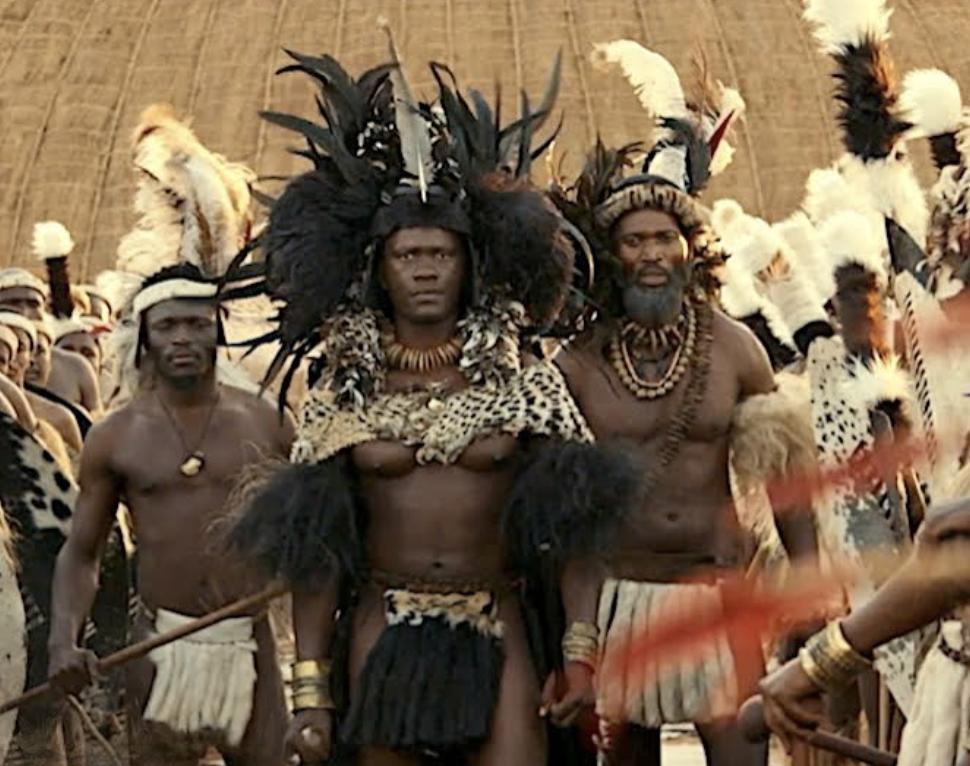
The Hard Work Behind The Magic
Despite the glamour of the finished product, Masondo says costume design is often misunderstood.
“I’ve been in the industry for over 20 years, and the misconception is that it’s a glamorous world,” she says. “It’s not. It’s a lot of hard work – reading, understanding people, and knowing that not every character should look beautiful. Costume design isn’t about glam; it’s about the story.”
Masondo says each production brings its own hurdles.
“There are always challenges depending on the story,” she explains. “You have to think about who the character is, their age, race, and body structure. Then you ask, where would they get their clothes? Is it something passed down in the family? Something bought in a township market? Every detail needs to make sense for that world.”
Sourcing materials can also be difficult, especially for historical shows.
“For Shaka iLembe, we couldn’t find original pieces, so we had to recreate everything.”
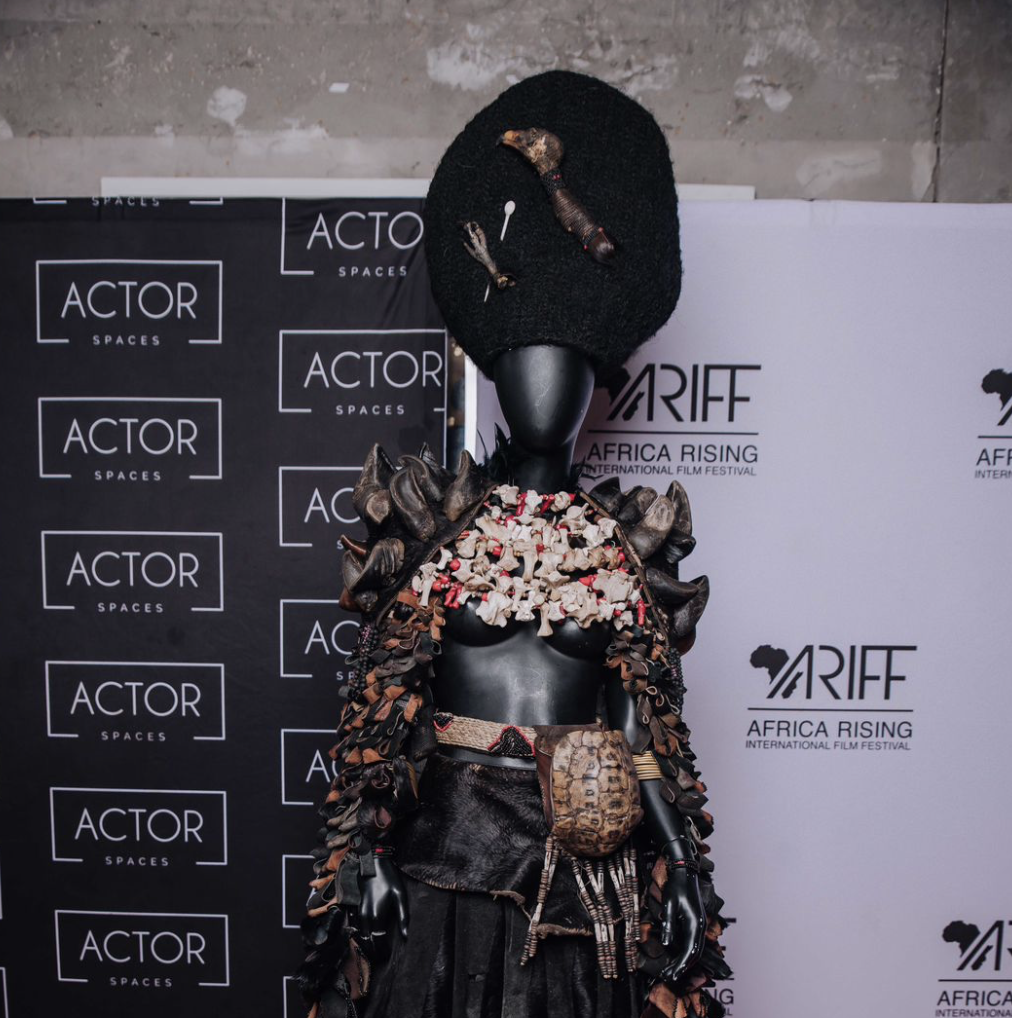
Masondo’s artistry earned her growing recognition beyond Africa. In 2025, she joined a panel of international costume designers at San Diego Comic-Con, sharing her work on Shaka iLembe with a global audience.
